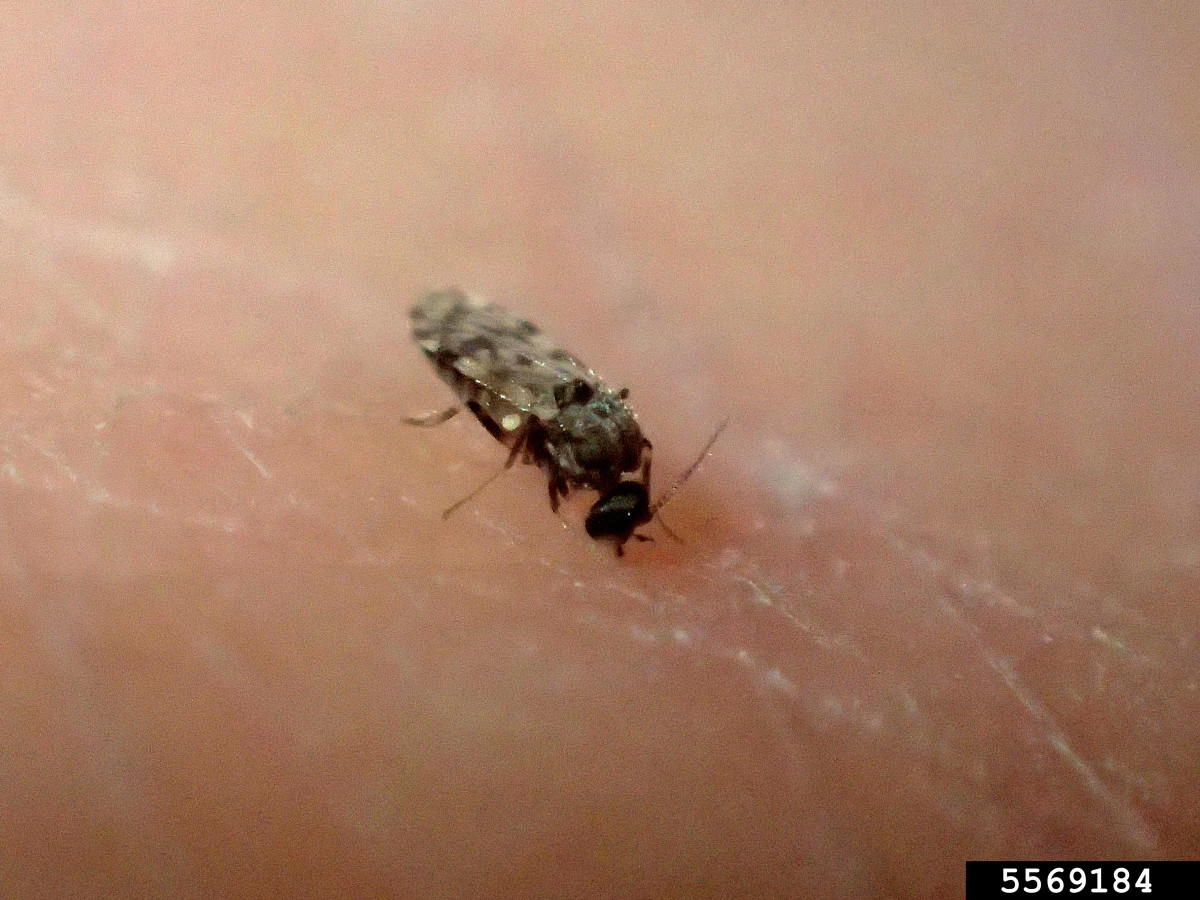
An article was published in Veterinary Dermatology entitled, “A cream containing omega‐3‐fatty acids, humectants and emollients as an aid in the treatment of equine Culicoides hypersensitivity.” The authors were Rebecca Huhmann, Tierarztpraxis am Schlagbaum, , 59192 Bergkamen, Germany; Ralf S. Mueller, Centre for Clinical Veterinary Medicine, LMU Munich, , 80539 Muenchen, Germany. The
Background
The authors noted that, “Topical application of polyunsaturated fatty acids (PUFAs) has shown satisfactory results in dogs and humans with allergic skin diseases. Urea and glycolic acid act as keratolytics and moisturizers. Culicoides hypersensitivity is the most common equine hypersensitivity disorder and only limited treatment options exist.”
The objective of their research was to evaluate the effect of a cream containing topical PUFAs, humectants and emollients on clinical signs of equine Culicoides hypersensitivity.
For the project they used privately owned horses (n = 28) with clinical signs of Culicoides hypersensitivity.
Methods and Materials
“For a period of four weeks, one half of the horse’s body (left or right) was treated with a cream containing concentrated fish oil and several moisturizing and emollient ingredients in a randomized, single‐blinded fashion to evaluate the influence of the treatment on skin lesions. In the subsequent four weeks, the lesional areas of the entire body were treated to assess the treatment effect on pruritus. Additionally, the quality of the hair coat, an overall assessment and adverse effects were recorded.”
Results
Twenty‐one horses completed the study. Skin lesions on the treated side improved significantly between days 0 and 28 (P < 0.0001) in comparison to the untreated side. Neither pruritus scores nor coat quality improved significantly between days 0 and 56. Overall condition improved during the study. Five horses showed adverse effects.”
Conclusions and Clinical Importance
The authors noted that the cream improved Culicoides‐induced skin lesions in affected horses, “but anti‐pruritic effects were less prominent.”








